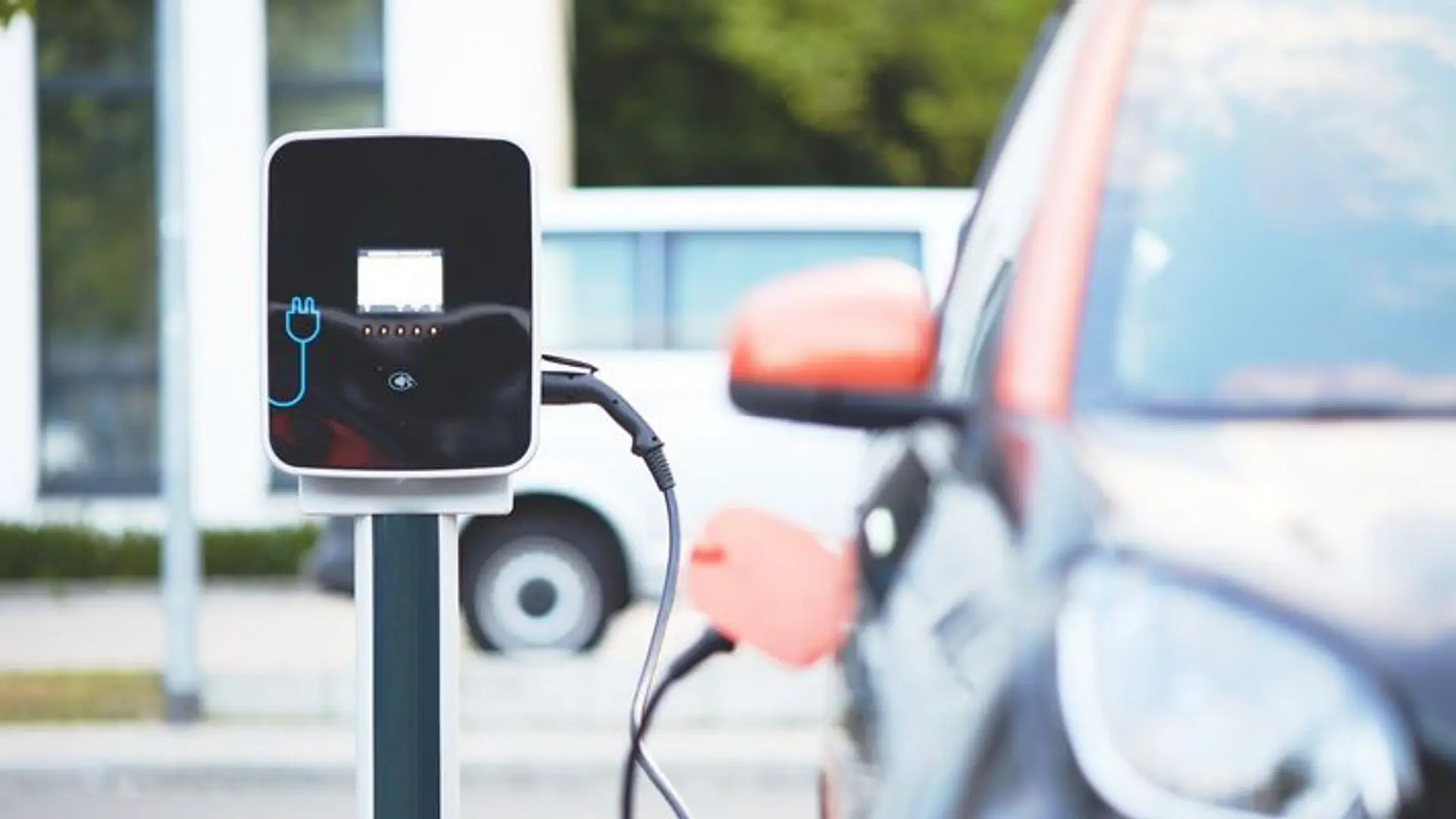Can air purifiers and masks protect you from the poisonous Delhi air?
With worsening smog levels turning Delhi (NCR) into a virtual gas chamber, demand for air purifiers and masks is at an all-time high. Delhi experienced the worst smog in 17 years after Diwali, with PM2.5 readings, which have a safe limit of 60 micrograms per cubic meter, having gone up to an alarming 900 in some parts of the city last week. The situation triggered a spurt in the purchase of air purifiers and masks in the national capital.

“I bought an air purifier and masks primarily because of my children. My son and daughter were complaining about discomfort in breathing after Diwali night,” says Prasanna Singh, a resident of Alakhnanda in South Delhi. However, he’s clueless about the effectiveness of the masks and air purifier. He adds,
I don’t know whether they actually help in filtering out particulate matter and hazardous gases or not.
Prasanna isn’t the only one expressing concern over the quality of masks and purifiers; YourStory spoke to several people who purchased them - all seemingly unaware of the true effectiveness of the products.
When it comes to air purifiers, one tends to look at the lower and mid-range products in the market and get excited by the area covered and the lower prices (in the range of Rs 10,000-20,000). One must read the fine print - these devices have inferior motors and far inferior filters. An official of the Central Pollution Control Board (CPCB) who did not wish to be named says:
These devices would work wonders in areas where the general PM 2.5 level is 100-150, but in a city that’s seen levels over 700 for a week, its asking far too much of the device.
Things that matter while buying an air purifier
The first thing to look at in an air purifier is the filter. “Please do not fall for the easy to wash and insert specs. Air purifiers don’t work the same way as air conditioners; a washable filter may not be ridding your room of any pollutants,” says Pavneet Puri, co-founder of Kurin Systems.
The most necessary aspect of a filter is the pre-filter, which gets rid of pollen, dust, animal hair and volatile contaminants.
Currently, there are 100 air-product companies looking to grab a larger share of the market. Among the most popular brands in the market are Daikin, Blue Air and Philips, as well as more recent entrants like Xiaomi (which makes low-cost air purifiers); brands like Kent and Kurin are also planting their feet firmly in the market.
HEPA and CADR play major role in filtering fine particulate matter
High Efficiency Particulate Arrestance (HEPA) is a major necessity in getting rid of fine particulate matter. Most companies fail to mention the level of HEPA they use in their devices, thus failing to mark out the purity level. “Any device without HEPA should be considered a big ‘if’,” says Vikash Juneja, an ENT expert at a leading hospital chain. He cautions,
It is advisable to stay away from devices that boast of five to seven layers of filtration as these claims are mere marketing tactics that actually intend to mislead users.
The second most important factor is the CADR (Clean Air Delivery Rate) in air filters. Companies often try to fool customers by saying that their products can clean large areas; however, the product could in fact have minimal capacity in air dispensing. Looking for the CADR is key. Pavneet explains,
A purifier with a lower CADR (200-300 m3/h) will generate no change in some of the most polluted parts of our country; it would just serve the purpose of eye candy.
The question of masks
With a majority of schools making masks mandatory, the sales of pollution masks have jumped multifold in the past few days. “While generic pollution masks are seeing a jump in demand, Dettol Air Protect masks and N100s are the best sellers, followed by the Atlanta Healthcare Cambridge N99 masks,” says an Apollo Pharmacy executive in Gurgaon’s sector 25.
Last week, Amazon revealed that sales of pollution masks have jumped six times in the last few days, with customer demand shooting up to 13 times that of last year. The demand is largely driven by Delhi and adjacent cities.
At present, 90 percent of the masks worn by people are surgical masks. The initial object of these masks was to keep germs from a doctor, resulting from sneezing or coughing, away from a patient undergoing surgery. Expert reports find these masks to make no difference when it comes to pollution as the concerned particles are too fine to be caught by the masks. Harpreet Singh, senior research fellow at IISER, Mohali, explains:
The popular masks that were usually sold in hardware stores but are now being sold as luxury masks are N95, N99 and N100, which can only be worn with the help of a licensed practitioner and be fit professionally, to make sure there is a tight seal; even a minute leak renders it useless.
He further adds that they are absolutely useless on men with beards and are, when fitted properly, so uncomfortable that they can't be worn for too long.
Some reports suggest that even though they can protect against very large pollutants, they literally have no effect on the mid-level and smaller poisonous particulate matter, which our air is abundant in. Harpreet adds,
Overall, all masks really do provide is peace of mind through the placebo effect.







